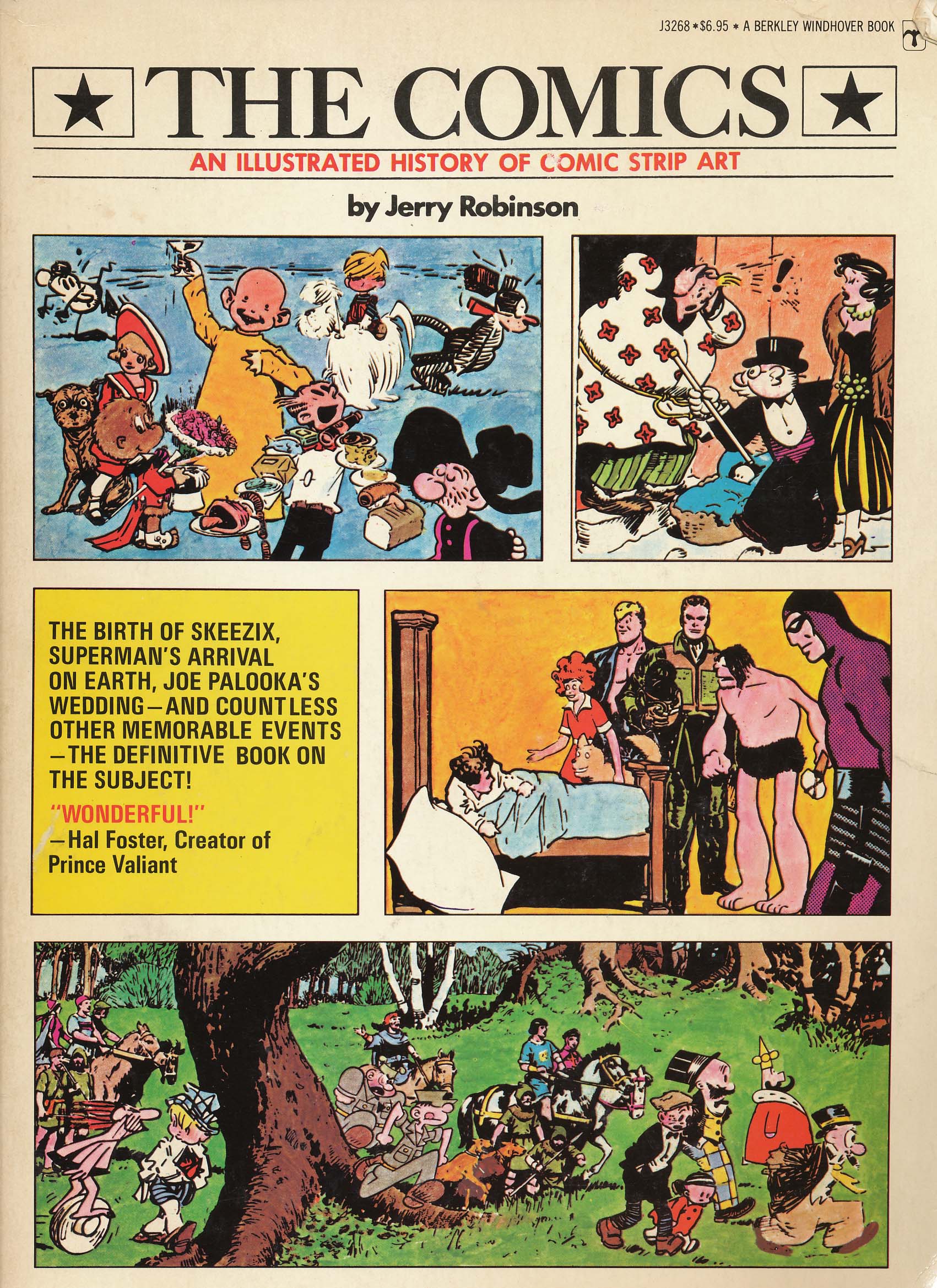
Okay, here’s a 1200-word article about finance cartoons with lessons, focusing on both the cartoons themselves and the financial principles they illustrate.
Finance Cartoons with Lessons: Entertaining Education for All Ages
Finance, often perceived as a complex and intimidating subject, doesn’t have to be a dry and daunting topic. In fact, some of the most effective ways to grasp financial concepts involve engaging with them through entertaining mediums like cartoons. Finance cartoons, whether animated series, webcomics, or even single-panel gags, offer a unique and accessible approach to learning about money management, investing, economics, and more. By employing humor, relatable characters, and simplified scenarios, these cartoons can demystify complex ideas and make financial literacy more engaging for audiences of all ages.
The Power of Visual Learning and Storytelling
The effectiveness of finance cartoons lies in their ability to leverage the power of visual learning and storytelling. Our brains are wired to process visual information more efficiently than text-heavy content. Cartoons utilize visuals – characters, settings, and symbolic imagery – to convey complex ideas in a concise and memorable way. Moreover, the narrative structure of cartoons allows for the creation of relatable scenarios and characters, enabling viewers to connect with the financial lessons on a personal level.
Imagine trying to explain the concept of compound interest to a child using a dry textbook definition. It’s likely to induce glazed eyes and a swift decline in attention. Now, picture a cartoon featuring a young squirrel who diligently saves acorns each day, and the number of acorns magically multiplying over time. This simple visual representation, combined with a short story, can effectively illustrate the power of compounding in a way that a child can easily understand.
Popular Finance Cartoons and the Lessons They Offer
Several cartoons have successfully tackled financial themes, providing both entertainment and valuable lessons. Here are some notable examples:
-
Rocko’s Modern Life (Nickelodeon): While not strictly a finance cartoon, "Rocko’s Modern Life" frequently dealt with the struggles of everyday life in a consumerist society. Rocko’s constant financial woes, from struggling with bills to dealing with predatory sales tactics, offered a darkly humorous commentary on the challenges of personal finance. Lesson: The show subtly exposed viewers to the realities of budgeting, debt, and the importance of being a discerning consumer. It highlighted the pressures of keeping up with societal expectations and the potential pitfalls of impulsive spending.
-
The Simpsons (Fox): The Simpsons, with its satirical portrayal of American life, has touched upon numerous financial topics over the years. Mr. Burns, the greedy and ruthless owner of the Springfield Nuclear Power Plant, serves as a caricature of corporate greed and unchecked capitalism. Homer’s impulsive spending habits and Lisa’s financial savvy provide contrasting viewpoints on money management. Lessons: The Simpsons, often through humor, demonstrates the consequences of poor financial decisions, the dangers of corporate monopolies, and the importance of ethical business practices. Episodes have tackled topics like inflation, recession, and the impact of economic policies on everyday families.
-
Webcomics (Various Platforms): The internet has spawned a wealth of webcomics that focus specifically on personal finance. These comics often use relatable characters and humorous situations to explore topics like budgeting, investing, debt management, and financial independence. Many are created by financial bloggers and experts who aim to make financial education more accessible. Lessons: Webcomics offer practical advice on a wide range of financial topics, often tailored to specific demographics like millennials or young adults. They can provide guidance on creating a budget, paying off debt, saving for retirement, and making informed investment decisions.
-
Animated Educational Videos (YouTube and Other Platforms): Numerous channels on platforms like YouTube create animated videos that explain complex financial concepts in a clear and engaging way. These videos often utilize colorful visuals, simple language, and relatable examples to make learning about finance less intimidating. Lessons: These videos cover a wide range of topics, from the basics of investing to the intricacies of cryptocurrency. They can provide a solid foundation in financial literacy and empower viewers to make informed decisions about their money.
-
Peppa Pig (Channel 5): While this is a preschool cartoon, the underlying values that it presents about money is important. The importance of money, what it can do and how we earn it is all discussed. Lessons: Peppa Pig teaches that money is important and should be respected.
Specific Financial Concepts Illustrated in Cartoons
Finance cartoons can effectively illustrate a wide range of financial concepts, including:
-
Budgeting: Cartoons can demonstrate the importance of tracking income and expenses, creating a budget, and sticking to it. They can also highlight the consequences of overspending and the benefits of saving.
-
Debt Management: Cartoons can depict the dangers of accumulating debt, particularly high-interest debt like credit card debt. They can also provide strategies for paying off debt and avoiding future debt problems.
-
Investing: Cartoons can simplify the basics of investing, explaining concepts like stocks, bonds, mutual funds, and diversification. They can also highlight the importance of long-term investing and the power of compound interest.
-
Saving: Cartoons can emphasize the importance of saving for the future, whether it’s for retirement, a down payment on a house, or a child’s education. They can also provide tips on how to save money effectively.
-
Inflation: Cartoons can visually explain how the value of money erodes over time due to inflation, emphasizing the need to invest to maintain purchasing power.
-
Economic Cycles: Cartoons can simplify the concept of economic cycles, illustrating periods of growth, recession, and recovery.
Benefits of Using Cartoons for Financial Education
The use of cartoons for financial education offers numerous benefits:
-
Increased Engagement: Cartoons are inherently more engaging than traditional learning materials like textbooks or lectures. The use of humor, relatable characters, and compelling visuals can capture and maintain attention, making learning more enjoyable.
-
Improved Comprehension: Cartoons simplify complex concepts by breaking them down into smaller, more manageable pieces. The use of visuals and storytelling can enhance comprehension and retention.
-
Reduced Anxiety: Finance can be a stressful topic for many people. Cartoons can help to reduce anxiety by presenting financial concepts in a non-threatening and approachable way.
-
Accessibility: Cartoons are accessible to a wide range of audiences, regardless of their age, education level, or cultural background.
-
Long-Term Retention: The combination of visuals, storytelling, and emotional connection can lead to better long-term retention of financial concepts.
Challenges and Considerations
While finance cartoons offer significant benefits, it’s important to acknowledge some potential challenges:
-
Oversimplification: Cartoons, by their nature, tend to simplify complex concepts. It’s important to ensure that the simplification doesn’t lead to inaccuracies or misleading information.
-
Bias: Cartoons can reflect the biases of their creators. It’s important to be aware of potential biases and to critically evaluate the information presented.
-
Lack of Depth: Cartoons may not provide the in-depth knowledge required for making complex financial decisions. They should be used as a starting point for further learning and research.
Conclusion
Finance cartoons offer a valuable and engaging way to learn about money management and other financial concepts. By leveraging the power of visual learning, storytelling, and humor, these cartoons can make financial education more accessible, enjoyable, and effective for audiences of all ages. While it’s important to be aware of potential limitations, the benefits of using cartoons for financial education far outweigh the drawbacks. As technology continues to evolve, we can expect to see even more creative and innovative ways to use cartoons to promote financial literacy and empower individuals to make informed decisions about their money. By embracing these entertaining and educational resources, we can foster a more financially literate and responsible society.



